Farm Store Fever
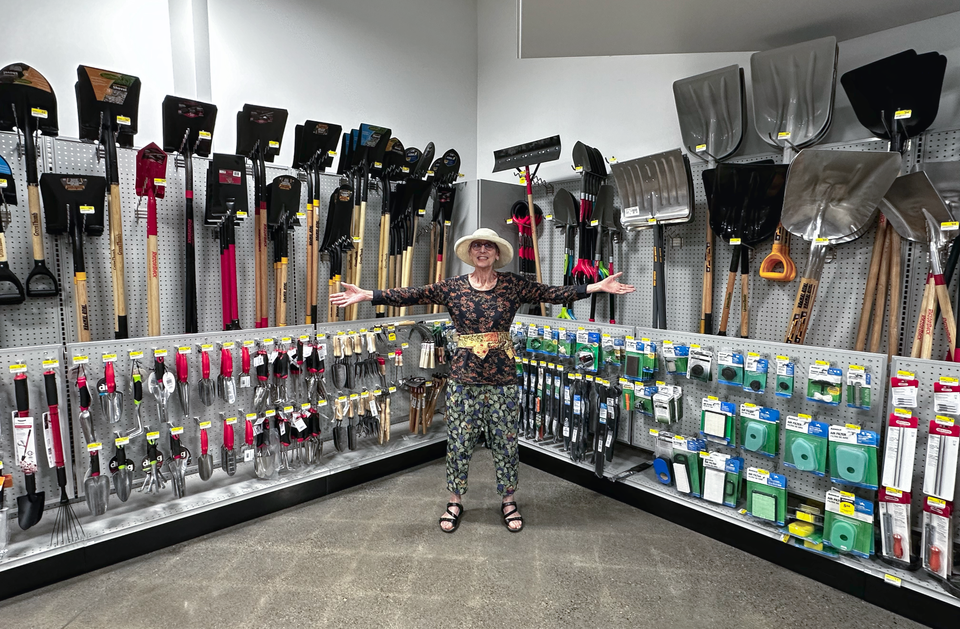
My Cheery, Chirping Welcome
You know you live in a rural community when you drive up for a first time visit to Wilco Farm Store in Yakima, Washington, and are immediately greeted outside the front entry by a large reader board that features the following information:
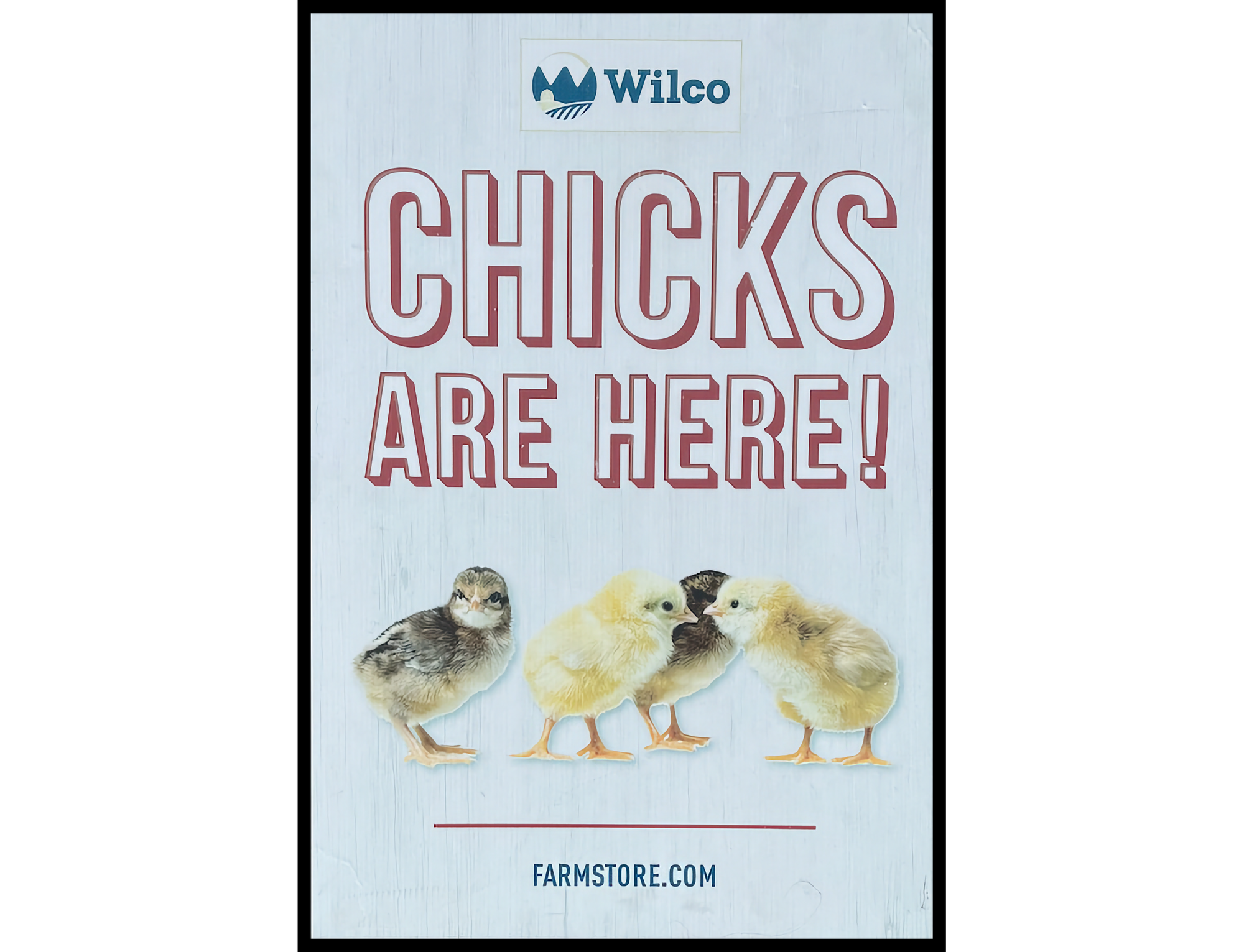
Once inside, a display of shiny metal repurposed watering troughs—with heat lamps attached overhead—are lined up back-to-back, each one holding a different variety of baby chick! And even though I have no place for tiny chicks in or outside the Tieton art loft where I live, I can still dream. The short video below offers a delightful sneak preview of beautiful chicks enjoying a warm lunch hour:
Lunch time! (Sandra Dean)
I arrived in the newly opened Yakima branch of Wilco farm store to buy supplies for a new, pared-down garden I’ll be sharing with a neighbor in my loft building. As the latest country and western hits played in the background, I immediately started exploring the store’s well-stocked aisles. I was not expecting to find such an abundant variety of seeds, planting pots, a seemingly endless array of dazzling garden tools, and shelves of organic soils and fertilizers.
Amazingly, on the middle shelf of the “soils” aisle, I discovered a large bag of specialty “Biodynamic” seed starter mix tucked in among the mainstream commercial products. It is made according to a formula developed in the early 1920’s by Austrian botanist and philosopher Rudolf Steiner, and includes specific, complementary herbs and composts that help stimulate, balance, and sustain the earth’s inherent fertility, health, and terroir.
I instantly placed the last bag of this Biodynamic earthly treasure into my flatbed shopping cart, knowing that I had never seen this product for sale before, even at Seattle’s most well-known specialty garden and nursery.
I clearly chose the right garden store at the right time—right here in Yakima!
My First Garden
I never had a garden until I moved to Seattle and eventually settled into a small house in the Leschi neighborhood in the early 1970’s, when Leschi was still a sleepy and almost hidden “bohemian and original old timers’” enclave set back a short distance from Lake Washington. It was my first in-city but almost-rural experience, and I loved it!
Only a few blocks from my Leschi house, an active creek and waterfall tumbled down from the slopes of the tree covered hillsides and flowed past a magically fertile garden that belonged to a newly arrived young couple from Greece. I never grew tired of visiting these master gardeners, to check on the gigantic spinach, beans, and other crops that they lovingly tended every day.
I often longed for a garden of my own and when I casually mentioned this to Tasos, the young Greek gardener husband from Skiathos island, he looked at me perplexed, shook his head, and replied:
“Well, why don’t you just plant one?”
Since I had a narrow, south-facing side yard on the slope next to my little house, I decided to follow his advice, and over the next four years—with the help of my first vintage gardening book, The Encyclopedia of Organic Gardening—I planned out and carefully installed a series of stepped planting terraces that followed the slope to the driveway below.
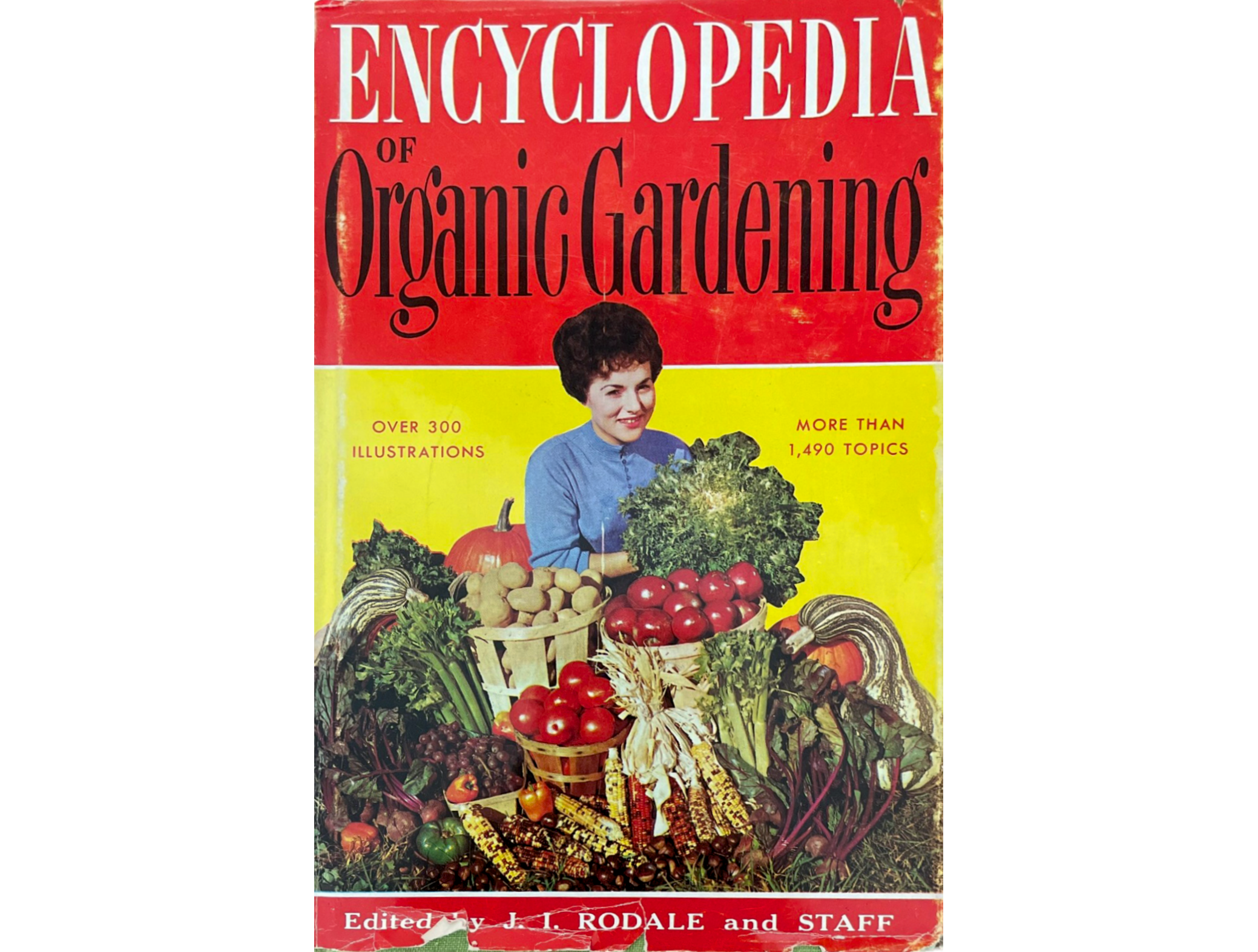
The top terrace above the slope was just wide enough to hold a small table and a chair, and as the summer progressed, I was surrounded by a riot of fragrant, colorful, and edible plantings. The flowers, fruits, and vegetables I chose were revelations to me, and every home I occupied since that time had to include space (somewhere) for a garden.
I was hooked!
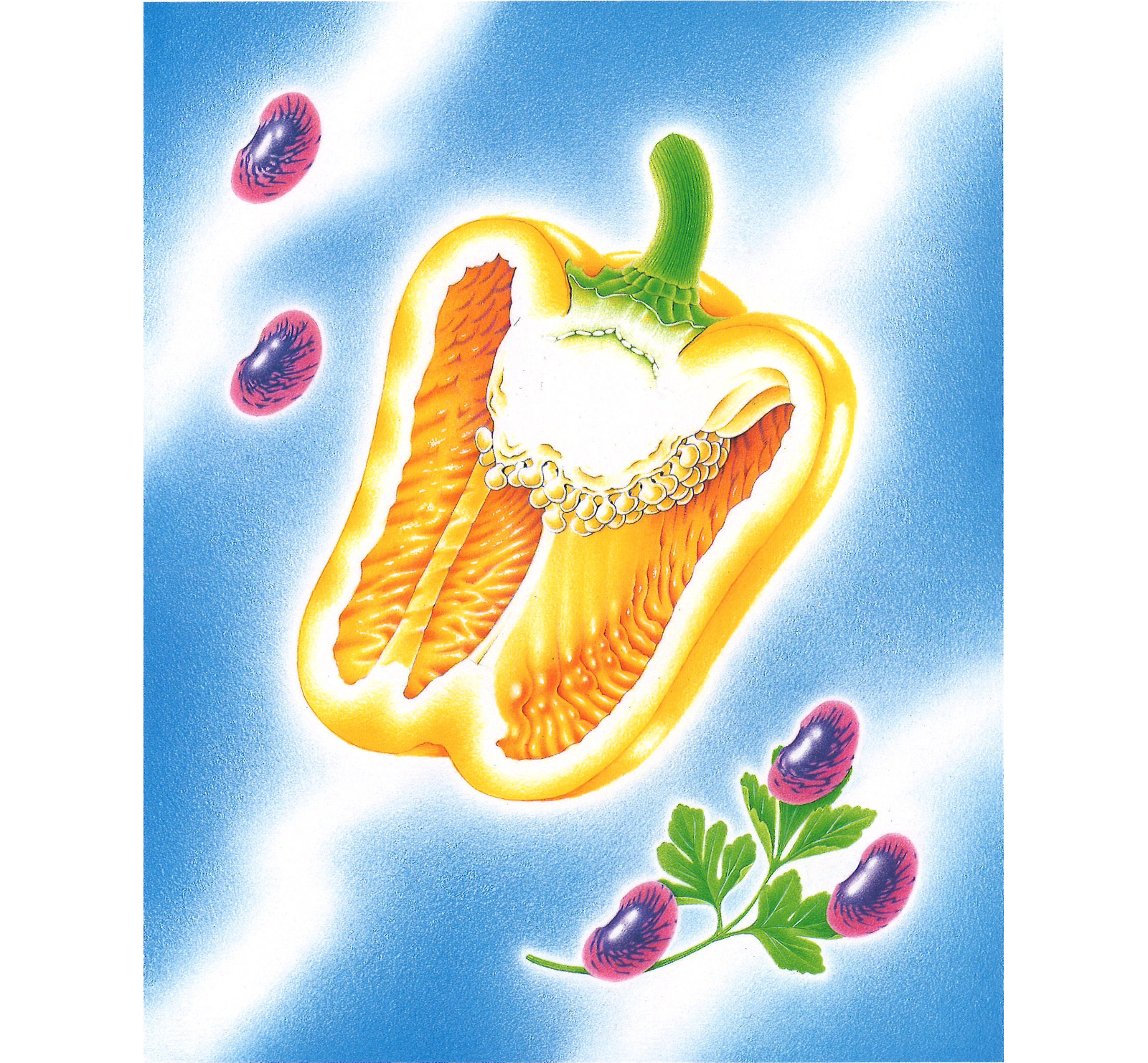
I’m now going on my third garden incarnation, and thanks to the more than 200 days of sun that Tieton, Washington receives every year, I’ll finally be able to plant the tomatoes, cucumbers, melons, and eggplants I love with no worries.
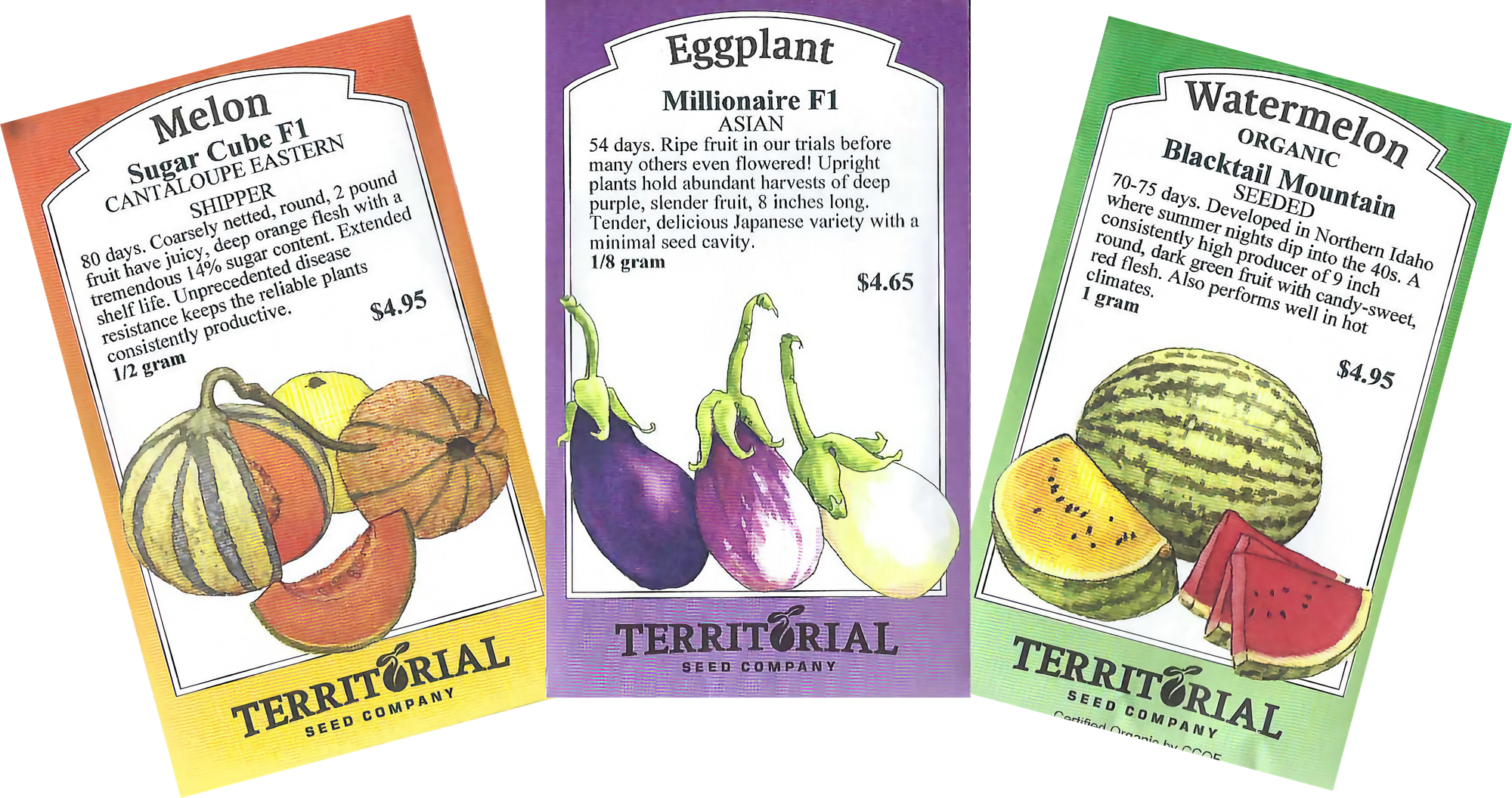
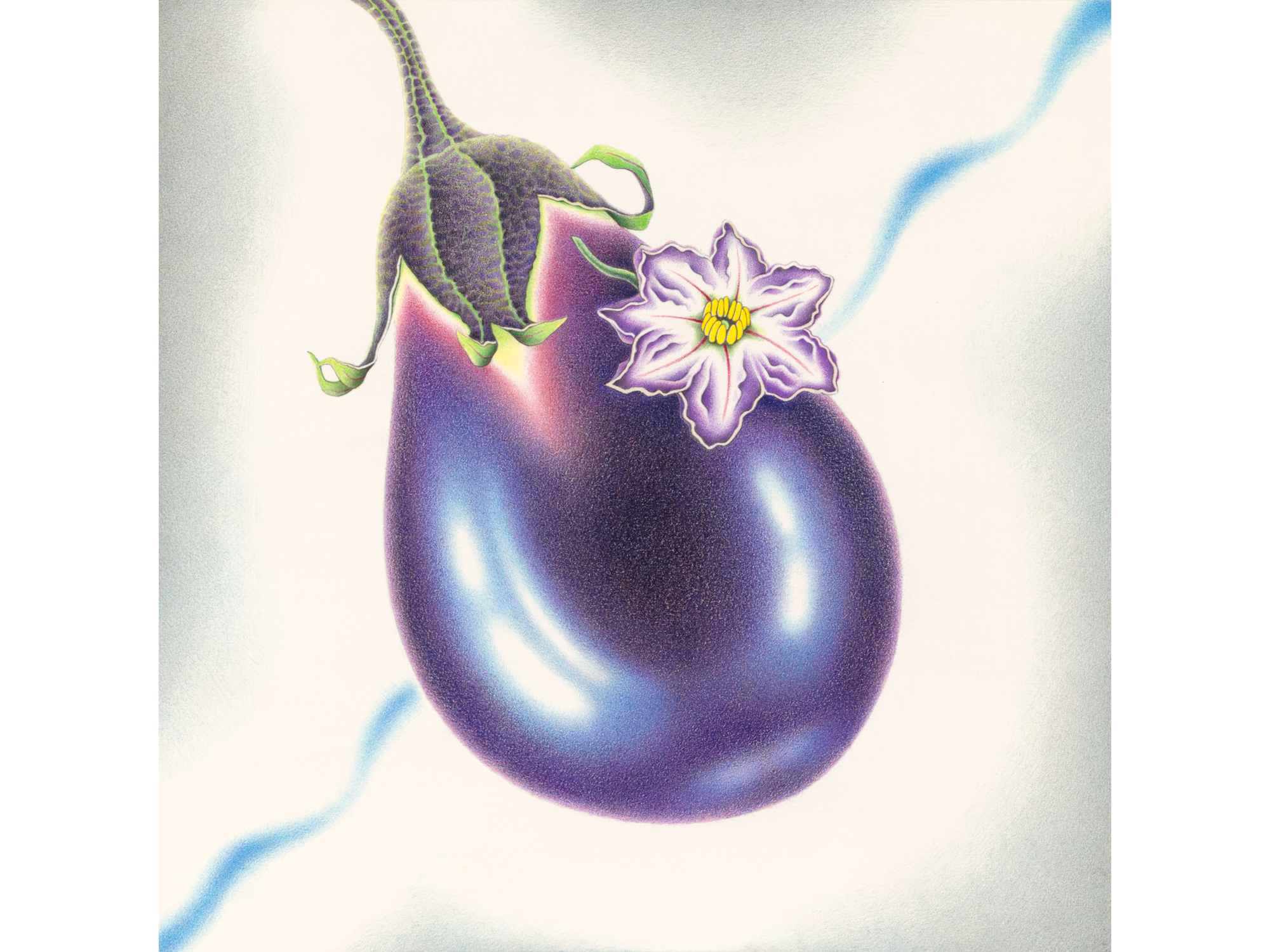
Butterflies, Birds, and Bees
During this planting year of 2024, I’ll be including more pollinator plants in my garden to provide food for the beneficial birds, bees, and butterflies that ensure vigorous harvests.
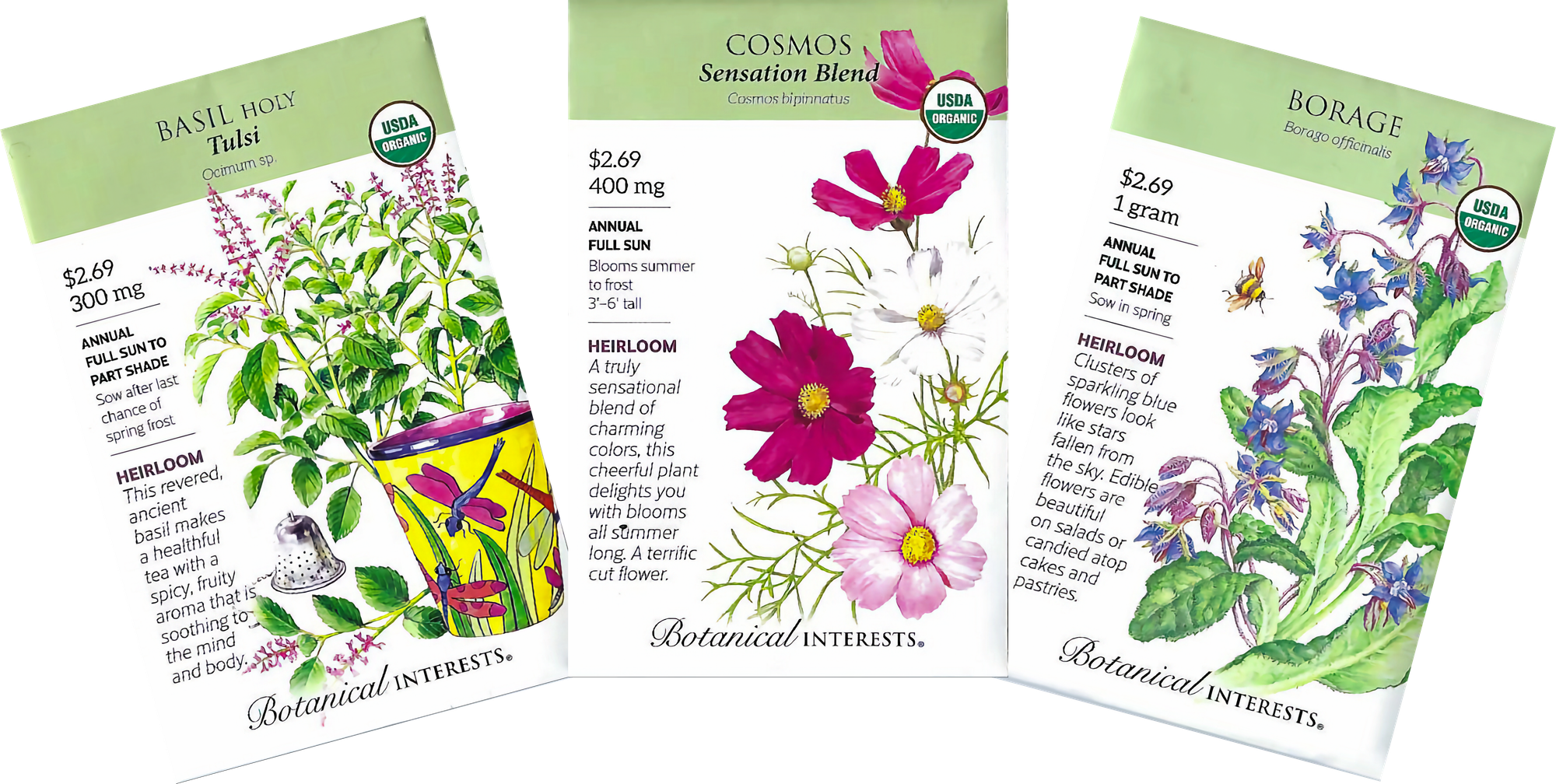
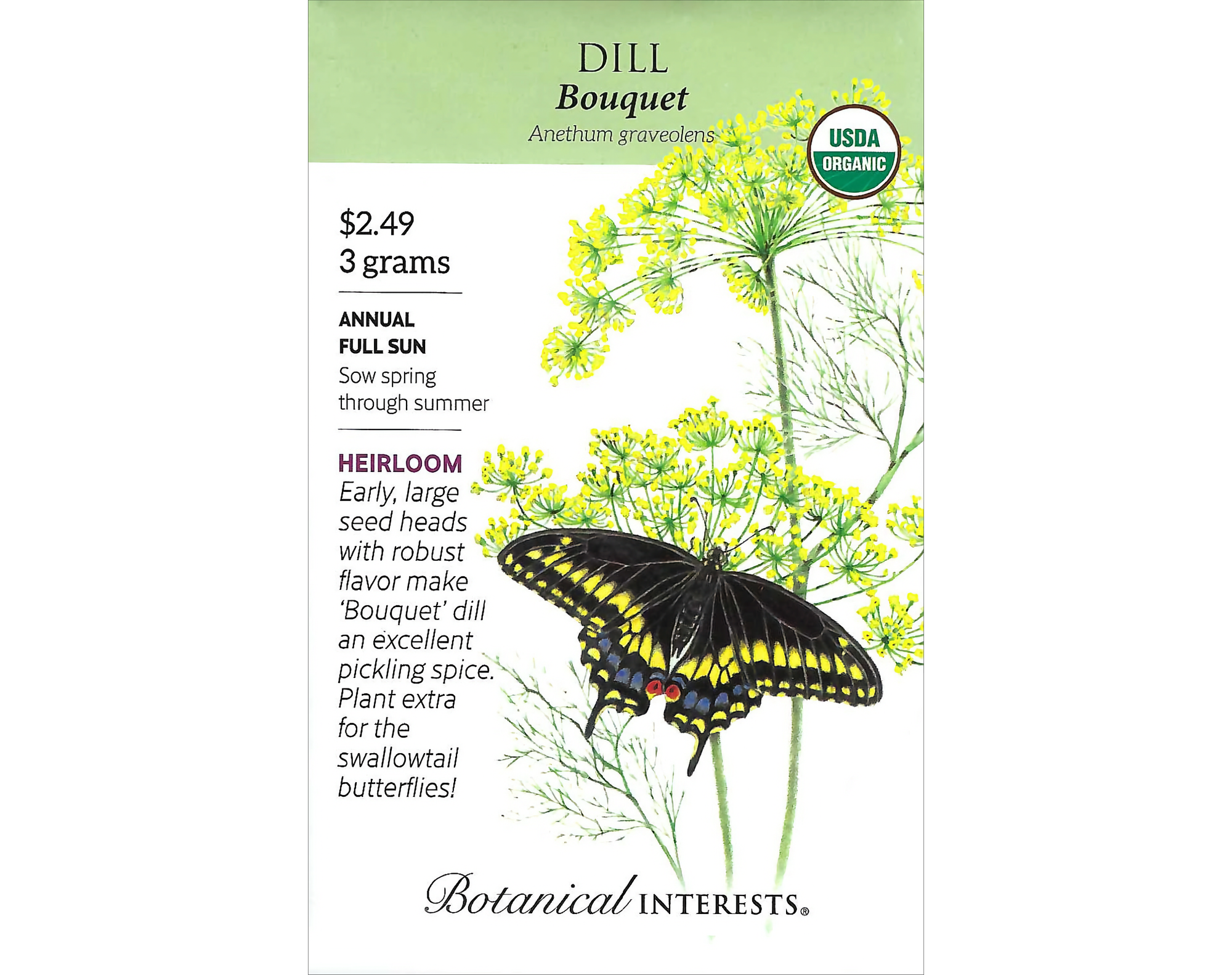
Winter Gardening Dreams
To prepare for my spring planting, every late winter I pore over my exotic seed catalogs to pre-order hard-to-find varieties. One of my favorites is “Seeds of Italy,” the exclusive U.S. distributor of heirloom and organic seeds supplied by Franchi Seeds, Italy’s oldest family-owned seed company, founded in 1783. The Seeds of Italy partner company is located on a working farm in Lawrence, Kansas, and in addition to the seeds of plants that I cannot find locally, their catalog also imports garden-themed gift items, tools, and kitchen accessories.
The catalog covers are works of art in themselves, and never fail to cheer me on during the last gasps of winter.
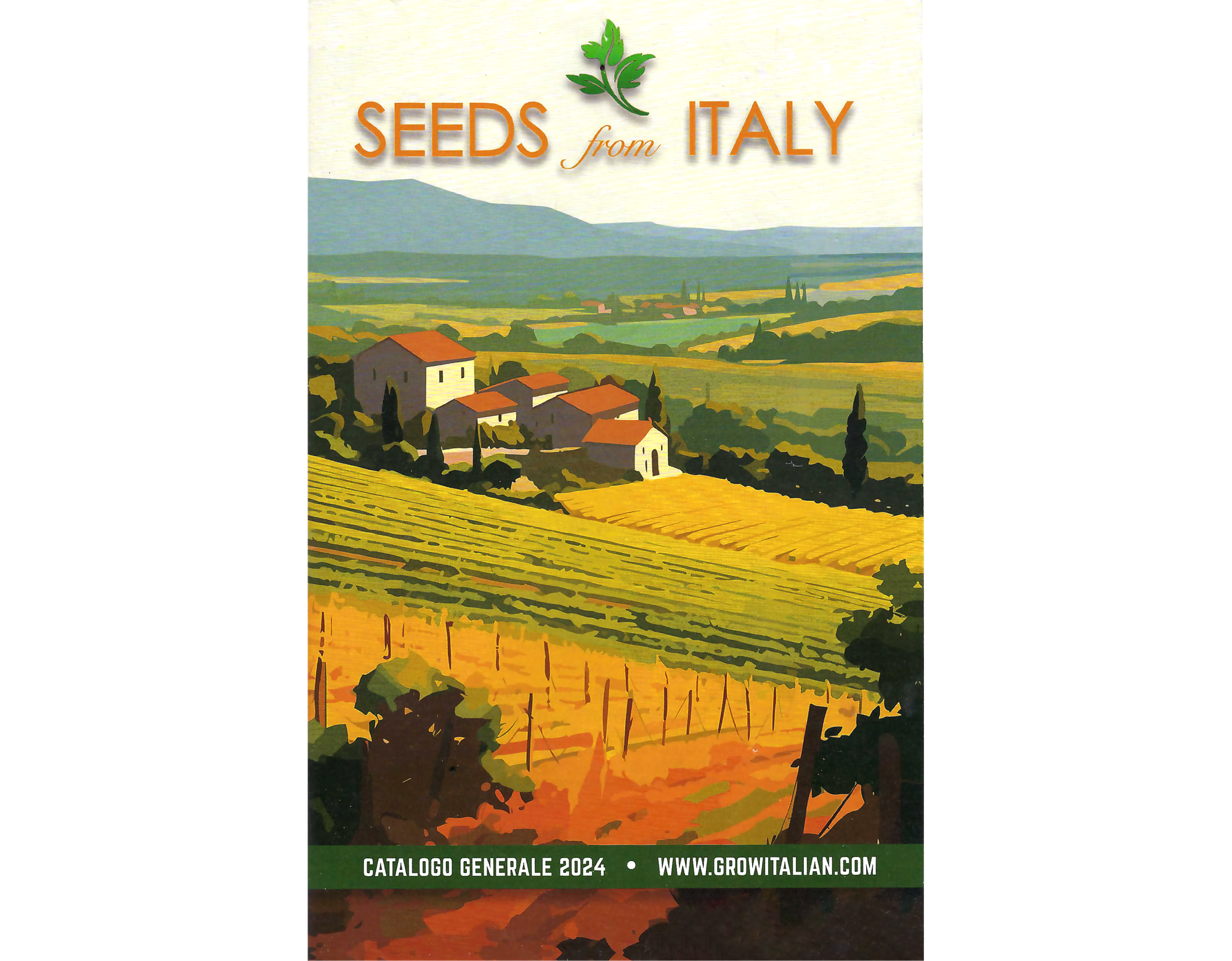
More Garden Art
I started gardening for practical as well as aesthetic reasons. I loved the health benefits that freshly picked produce offered, but as a visual artist I also began to study and revere the elegant, intelligent structure and beauty of the fruits and vegetables themselves. In addition to my own nature-based art practice, I worked for several years as a natural science illustrator, and over time began to collect inspiring examples of garden-themed art created by others:
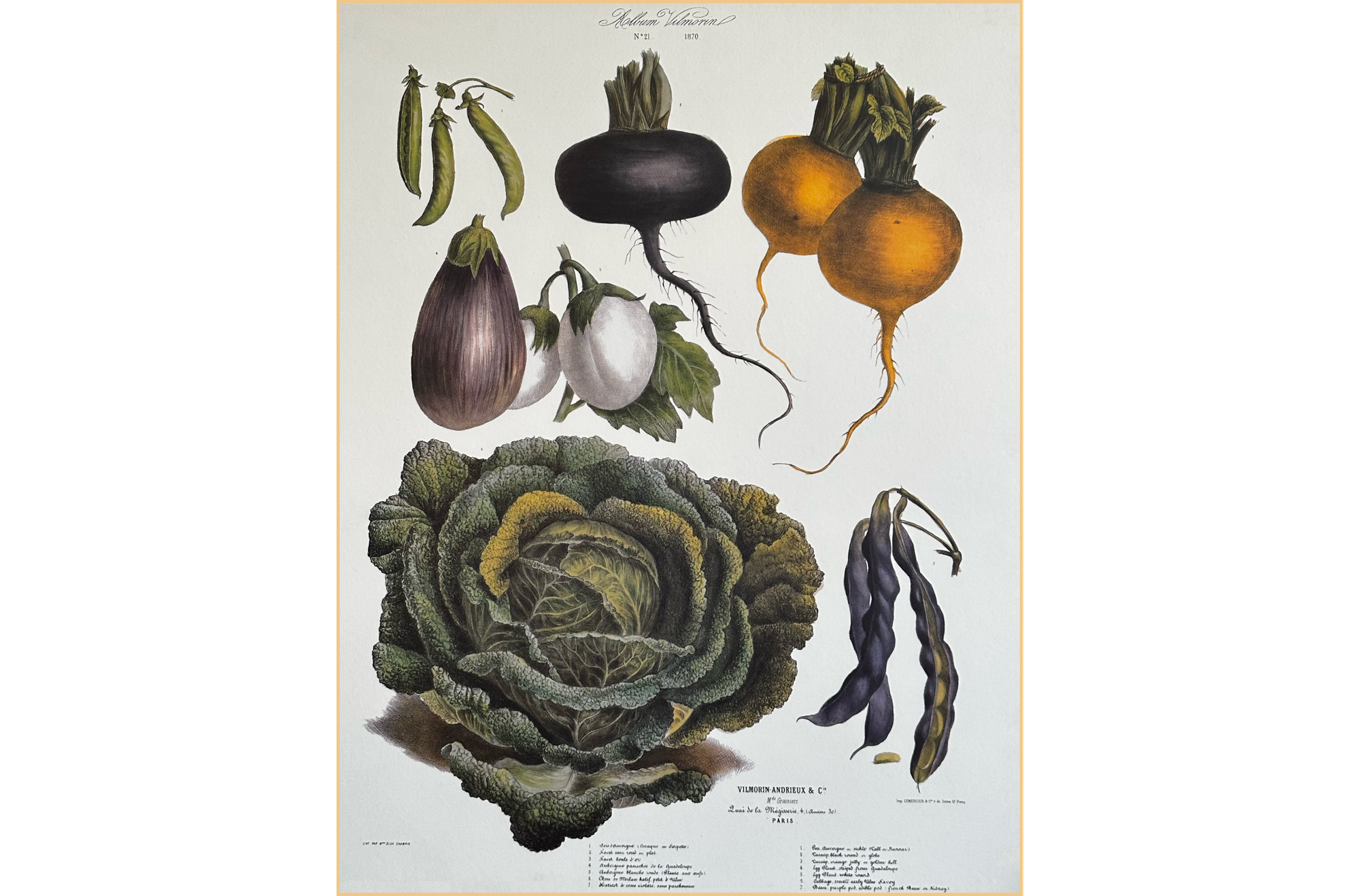
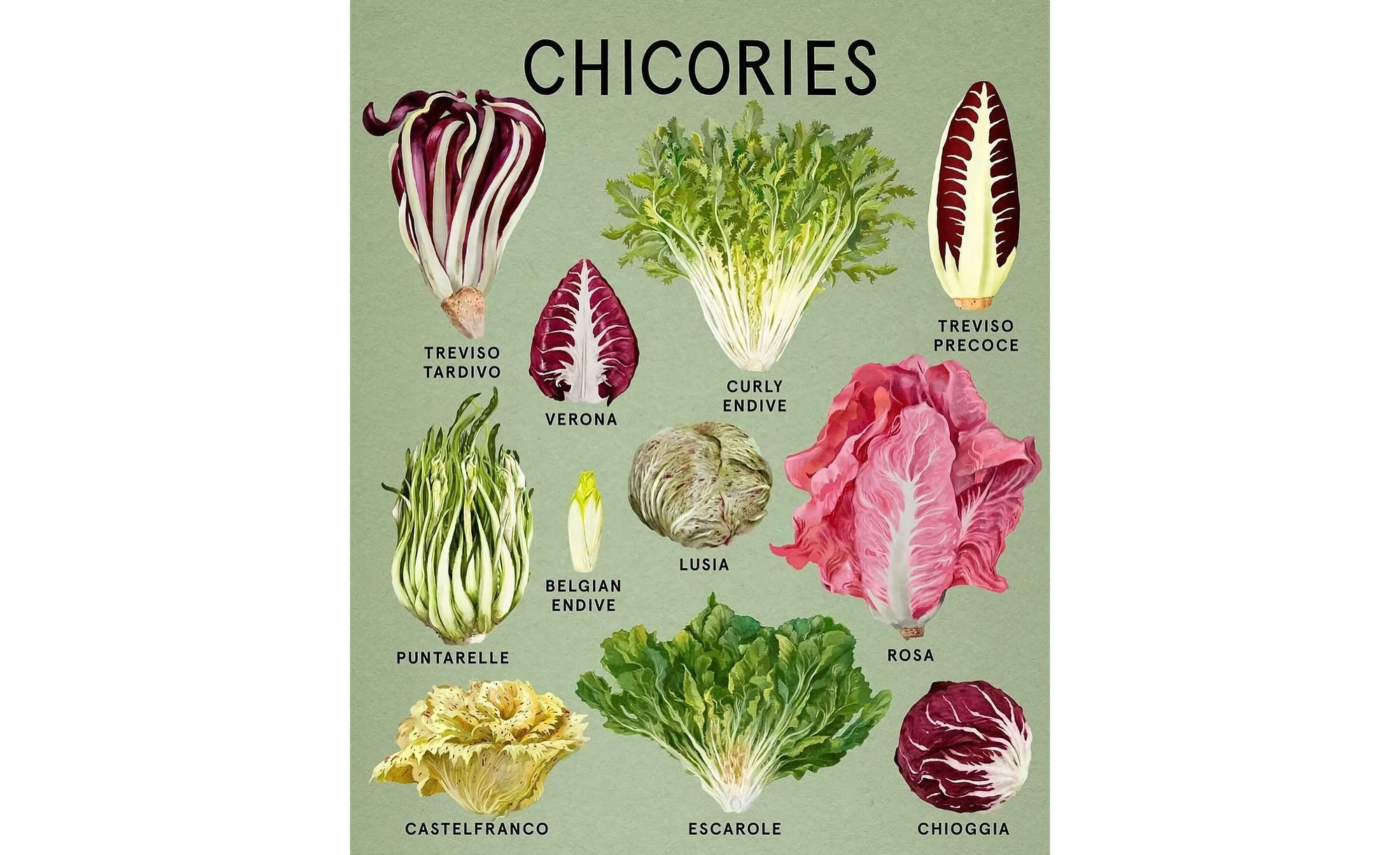
Over many years of gardening, I developed a deep interest in the history and contemporary usages of medicinal plants. One of my all-time favorite illustrators of this genre is Marilena Pistoia, an Italian artist who brings her botanical subjects to life. She worked in collaboration with two of Italy’s premier medicinal plant researchers and historians, and the resulting publication, titled Health Plants presently out of print, but available through Abe Books, features exquisite examples of Ms. Pistoia’s watercolor illustrations.
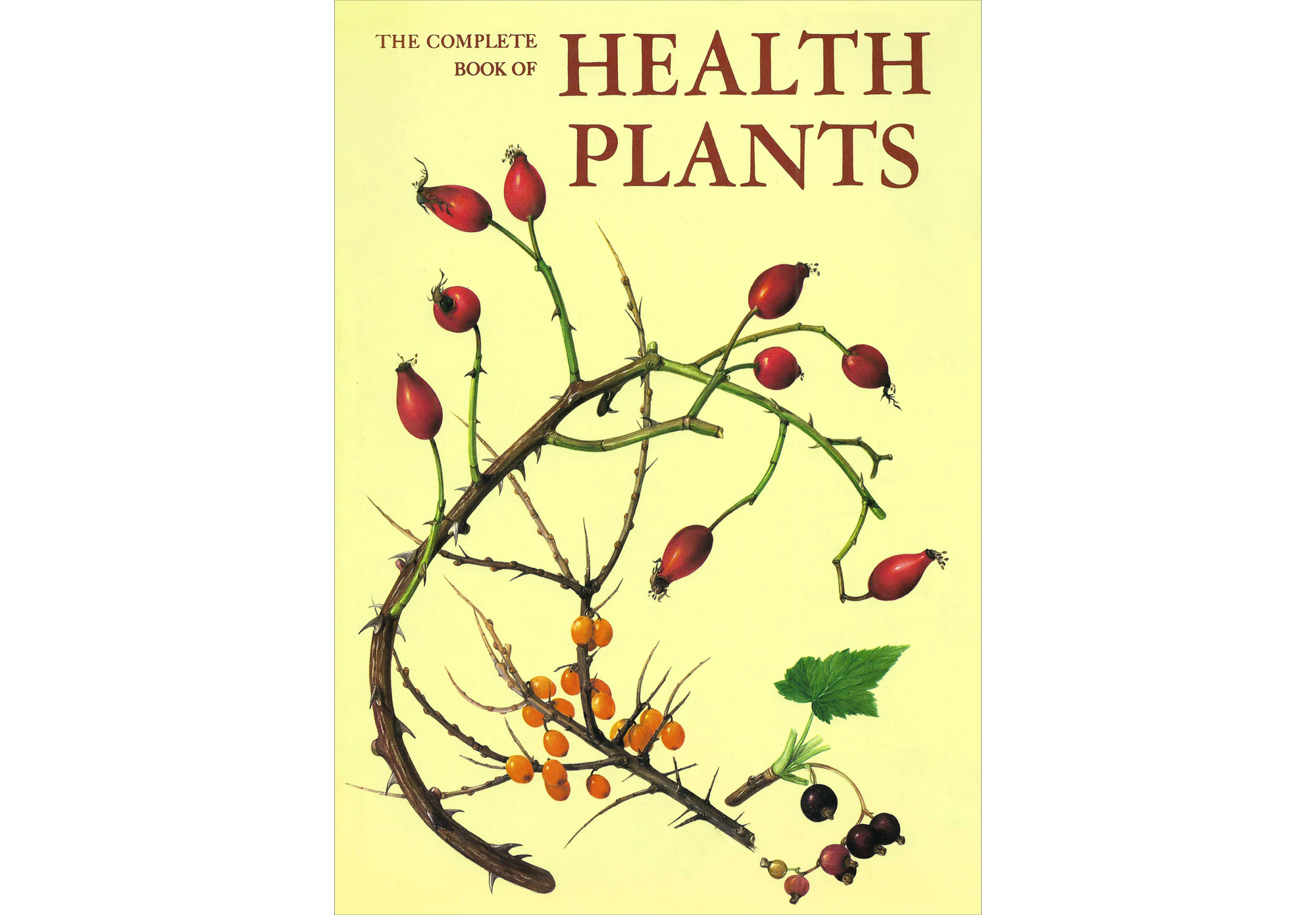
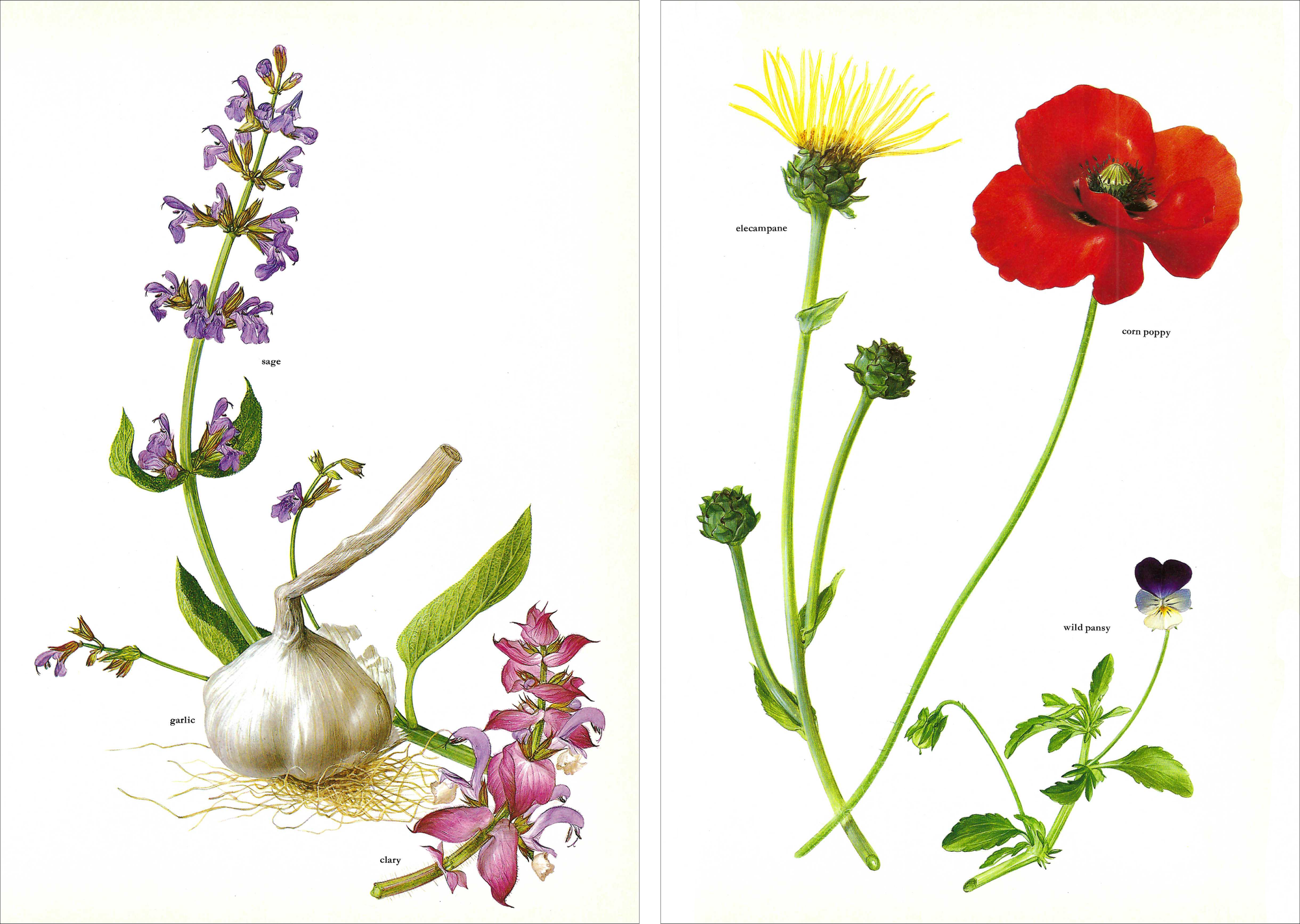
Sharing my Farm Store Fever
I’ve gathered and purchased my garden tools from Wilco, planted the seeds I’ve collected from additional sources far and wide, and followed up with an artistic and practical history that outlines the “Joy and Inspiration of Gardening.”
If you are considering starting a garden of your own, begin by researching introductory organic gardening books (two excellent resources provided below), then remember the wise advice that my Greek gardening friend—“Tasos from Skiathos”—provided for me many years ago. His encouraging words sum up his simple and down-to-earth formula for creating your own dream garden:
“Well, why don’t you just plant one?”
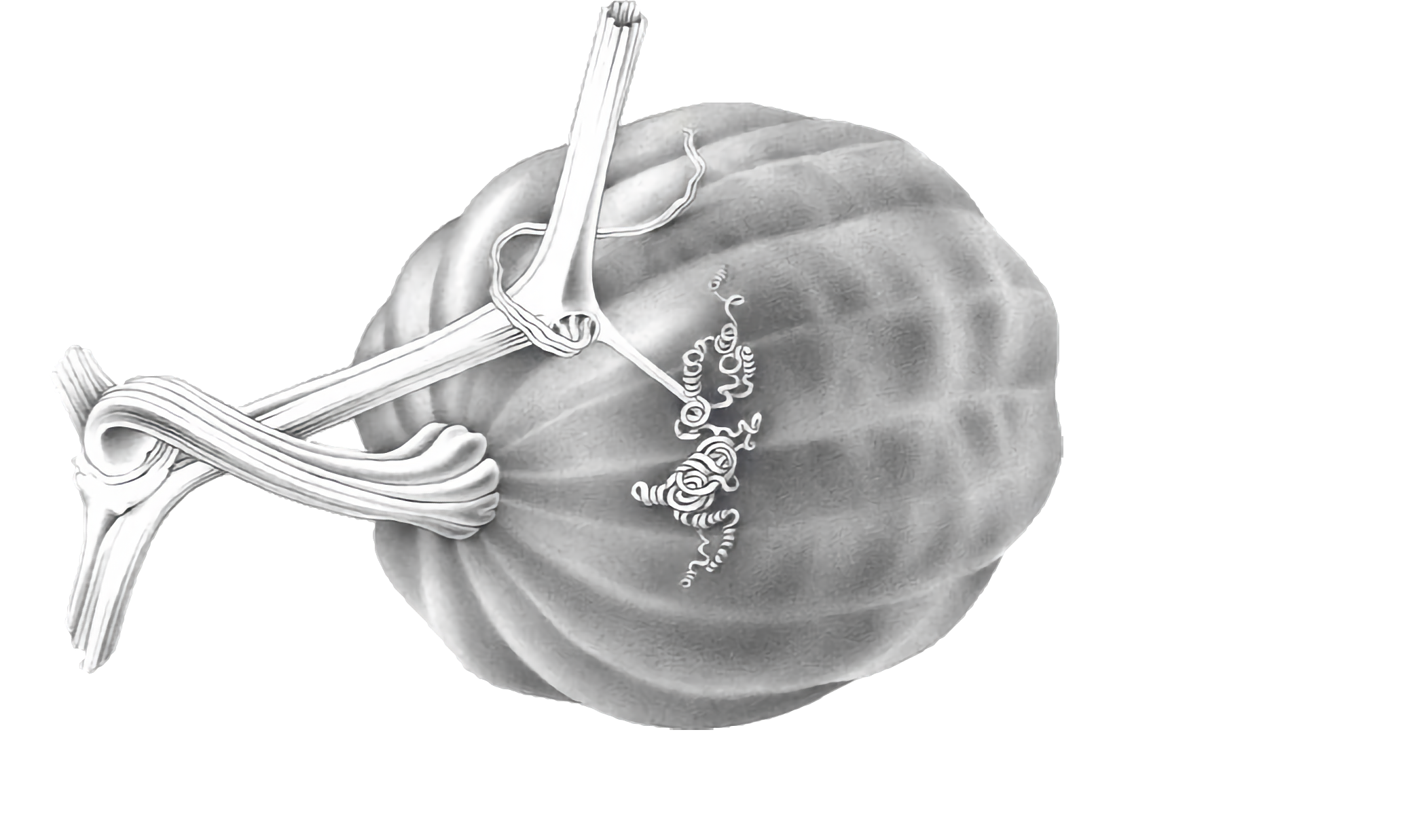
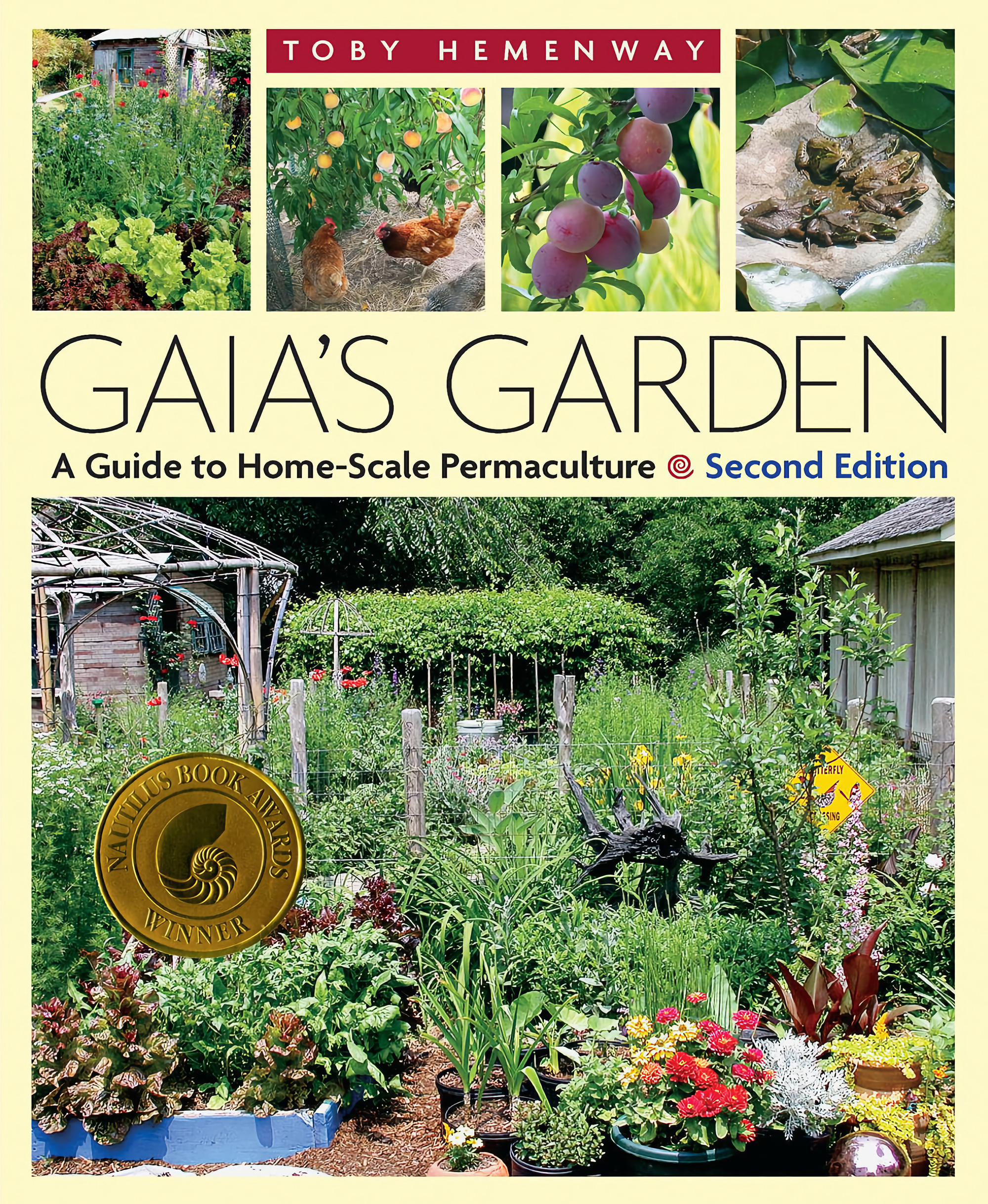
Gaia's Garden, by Toby Hemenway, is the best-selling permaculture book in the world. The enlarged, updated 2nd edition is the winner of the 2011 Nautilus Gold Medal Award. This book introduces the idea of working with nature, not against her, to create more abundant, beautiful, and healthy gardens.
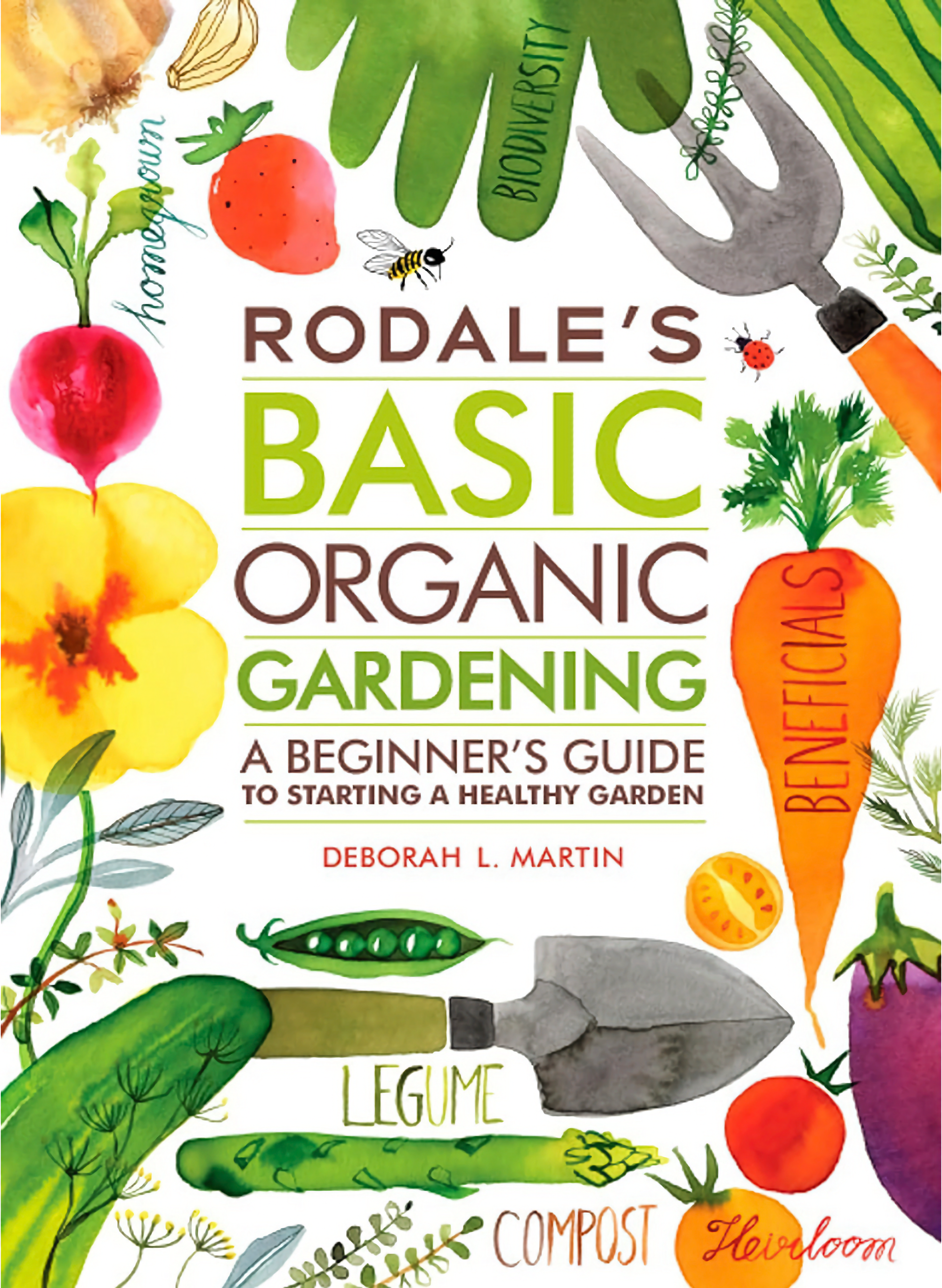
Rodale's Basic Organic Gardening Guide, by Deborah Martin. Explained in simple language that ensures gardening success on the first try, this thorough and down-to-earth beginner's planting guide demystifies topics like soil, compost, seeds, and much more.
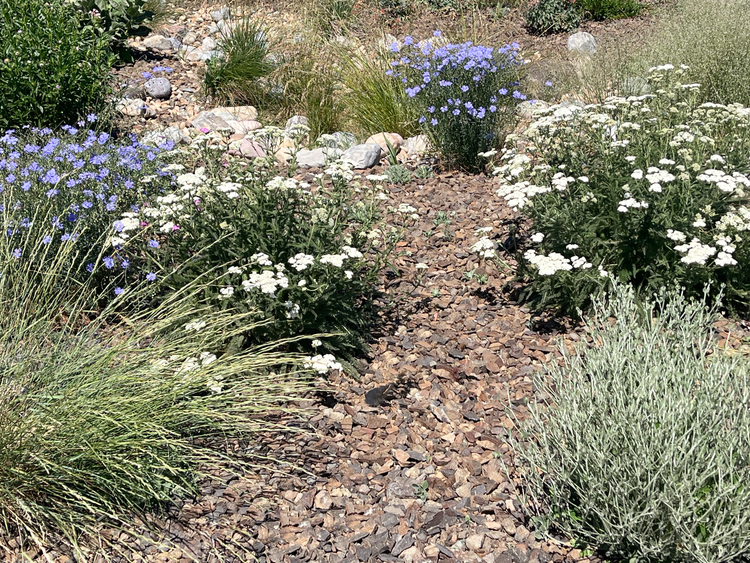
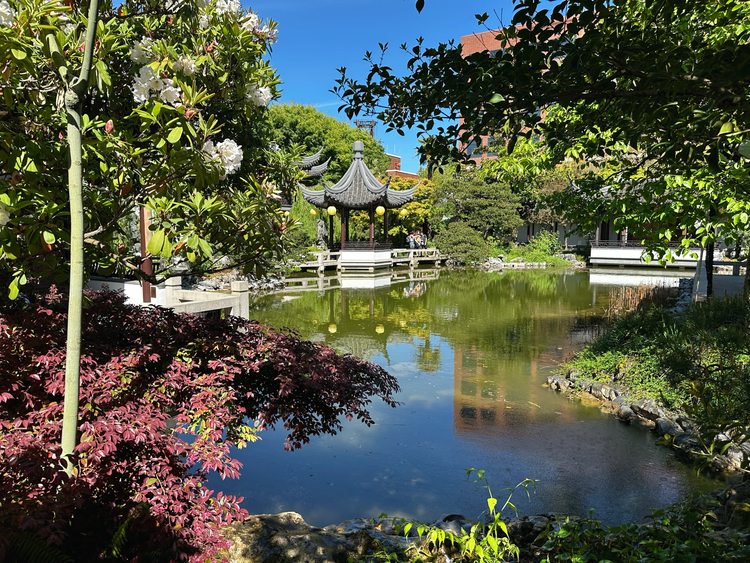
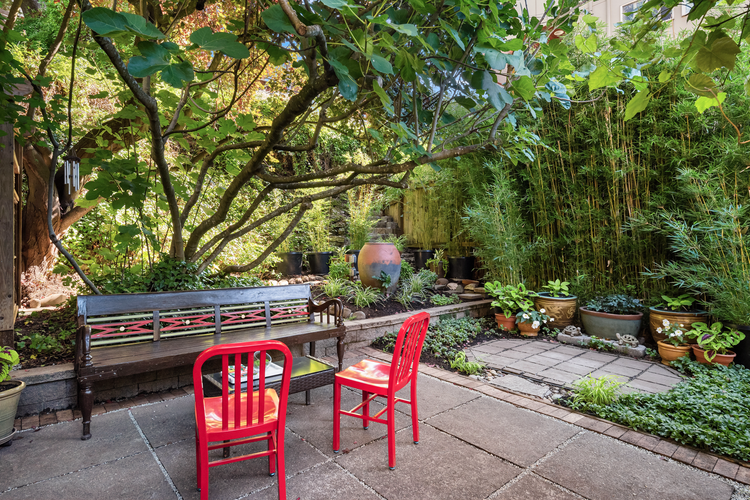
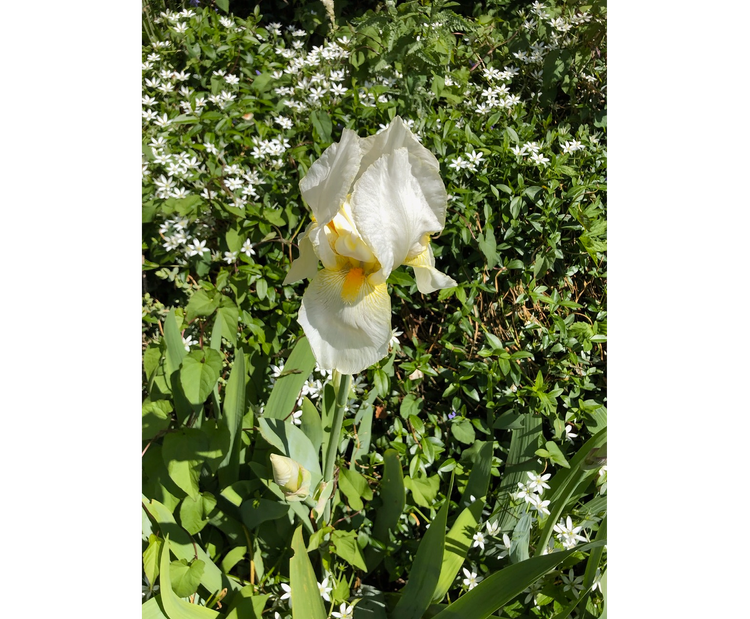
Member discussion